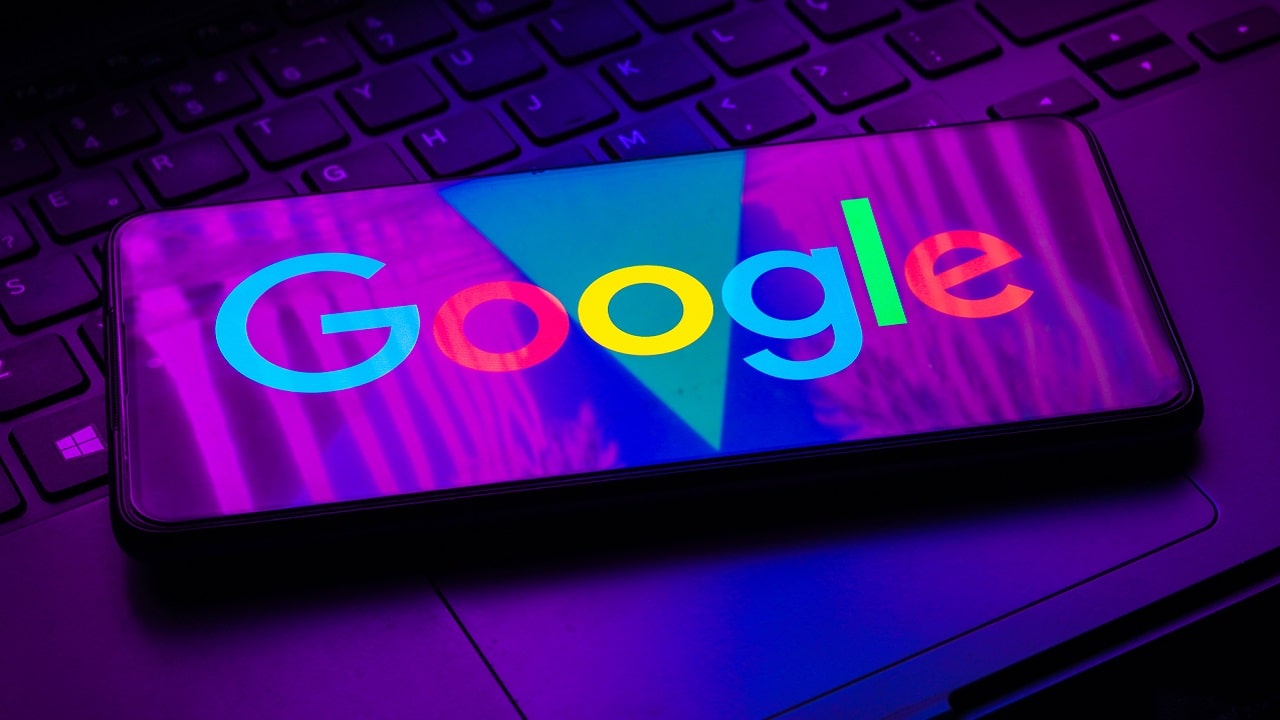The researchers of Google they used some headphones standard with noise cancellation for measure your heart rate. But what to do with it?
Google, heart rate measured with standard headphones
Typical heart rate monitoring in wearable technology, such as smart watches or wireless earbuds, relies at least in part on photoplethysmographic (PPG). This technology uses light pulses to measure blood activity. It generally works well, but has its limitations.
Google researchers wrote an article about it, stating that they had tried an approach different from the one used so far by other technology production houses, called audiopletismografia (APG). This innovative technology uses ultrasound to measure heart rate. They put this new research into practice with earphones ANC (active noise cancelling), commercially available with a software update.
Audioplethysmography, how Google’s technology that measures heart rate with headphones works
The new technology introduced by Google, the so-called audiopletismografia (APG), works by bouncing a low-intensity ultrasonic signal inside the ear canal and using the tiny microphone that helps the ANC (active noise canceling) work to detect disturbances in the skin surface as blood pumps through of it.
According to the article published by Google, the technique was “resilient” even in cases of ear malformation, different ear canal sizes or darker skin tones. The latter is noteworthy as heart rate accuracy with darker natural skin tones or those with tattoos has been an ongoing issue with smartwatches and other wearables until now.

Prototypes made by Google for heart rate
In addition to commercially available earphones, the researchers also used specially made prototypes to test the effect of microphone placement. The field study was conducted with 153 participants. The researchers said the average error rate for heart rate and heart rate variability was r3.21% and 2.70% respectively.
In fact, heart rate monitoring headphones have been around for a while, but they use the PPG (photoplethysmography) approach and can be very sensitive to intense movements or a poor fit of the device.
For the moment, this remains a Google study: it is not certain that these new headphones will be released.















Leave a Reply
View Comments